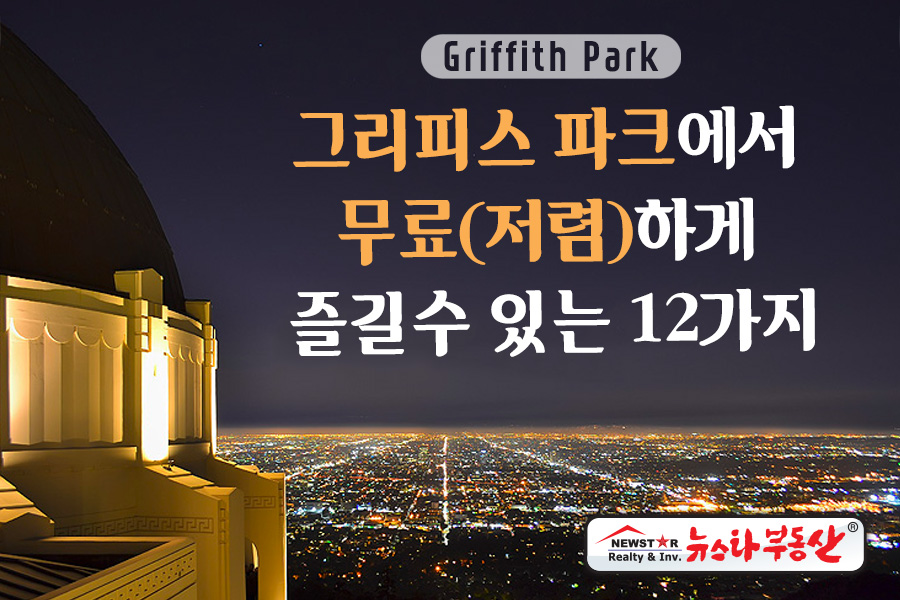

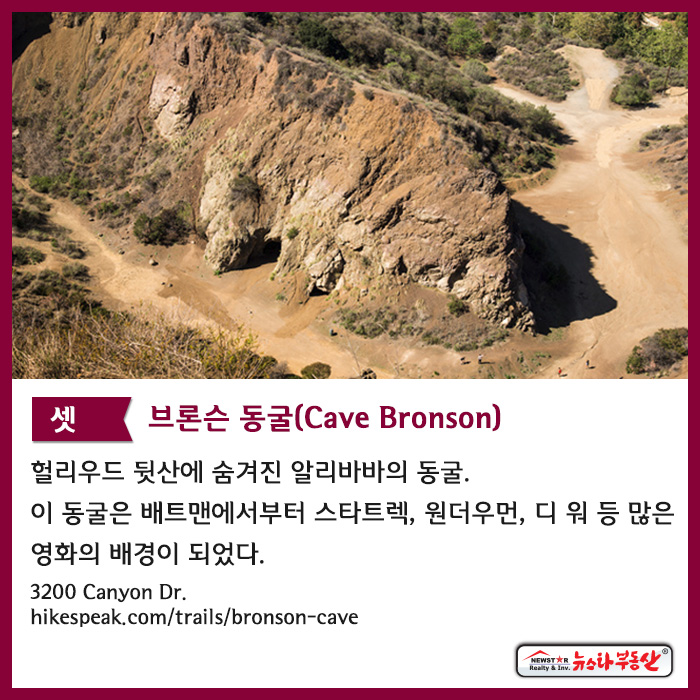

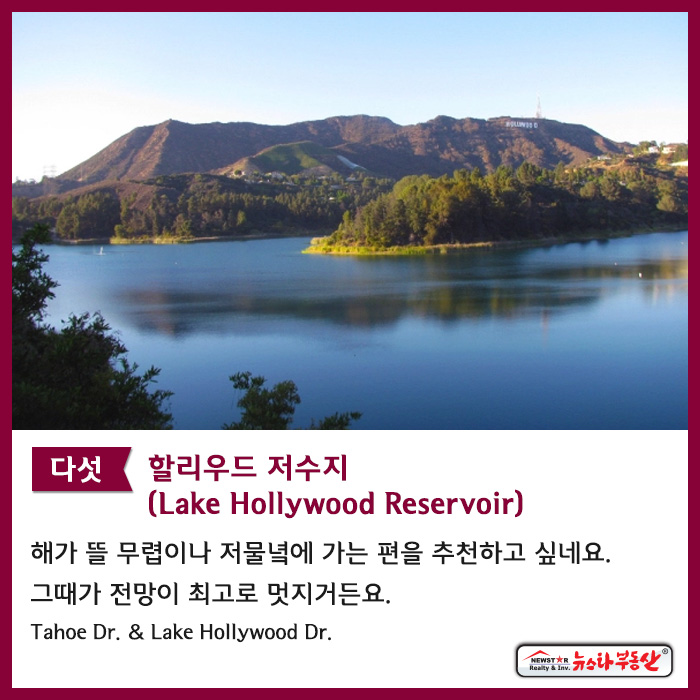
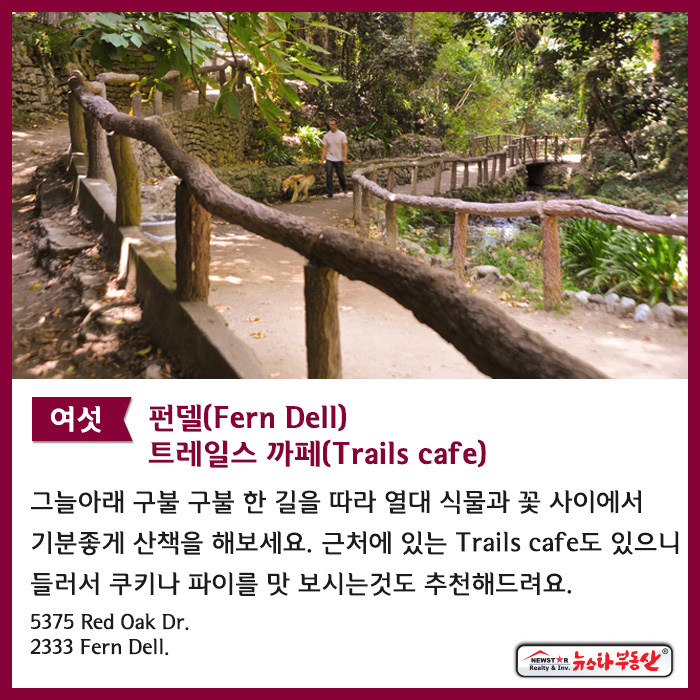


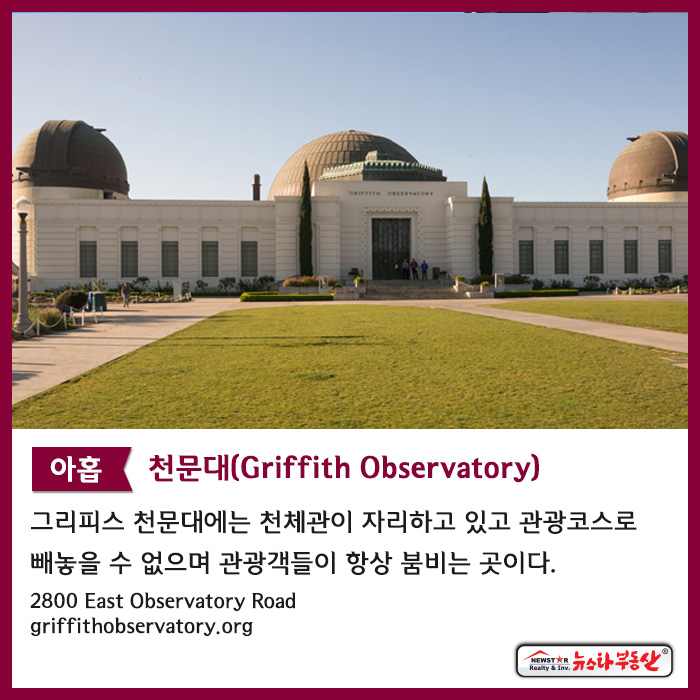


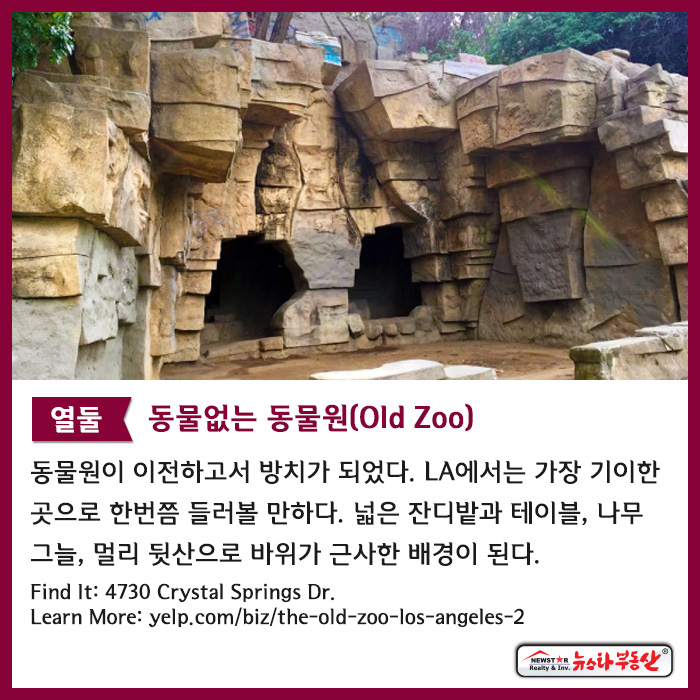
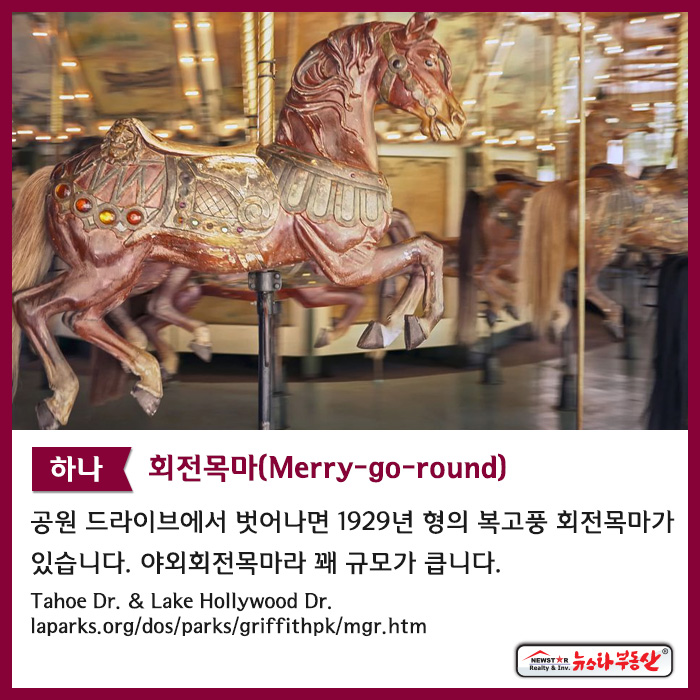













Simply understanding how to use a few key camera settings and pieces of equipment can make all the difference.
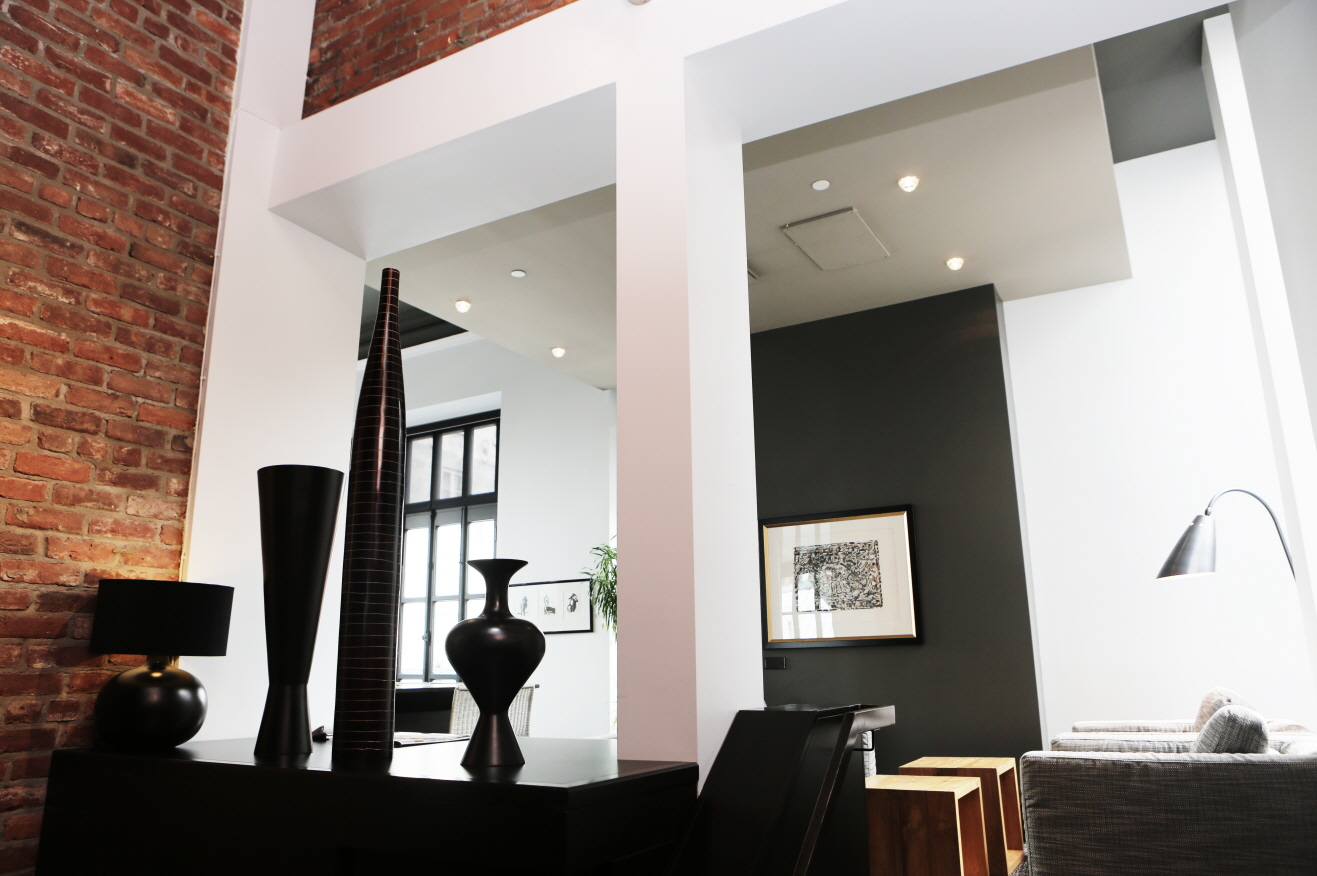
It can’t be stressed enough: Great photos help sell homes. The National Association of REALTORS®’ own research shows that well over 90 percent of home shoppers look online for at least a part of their search. For almost half of all buyers, accessing digital listings is the very first step in their process. And while there’s been much speculation as to the homebuying behaviors of millennials, this much is known for sure: Digital natives are much more comfortable with browsing home listings from mobile devices.
None of this is breaking news, but it does highlight just how important digital representation can be when you’re trying to show a home. One industry study found that when listings were accompanied by high-quality photos taken with professional equipment, they spent significantly less time on the market and fetched a premium of $3,400 on average.
Unfortunately, interior shots pose a variety of photographic challenges that are difficult for amateur photographers. Real estate pros shouldn’t be expected to transform overnight into professional camera wielders, but you can certainly benefit from a few tricks up your sleeve and some decent equipment.
This scenario might feel familiar: You want to show off the new windows in your client’s living room, but every time you snap a photo, the image is totally blown out. Photos with dark foregrounds and overexposed windows are a common problem that happens when ambient light from the outdoors tricks the camera’s light meter into overcompensating. A flash will balance out the lighting in the room, giving you a better shot. Alternatively, you can use your camera’s manual controls and settings. The right settings depend on the kind of equipment you have, however. For many point-and-shoot digital cameras, it’s mainly a matter of adjusting the ISO, although you may want to set the aperture to f/2.8 as well, if your camera offers that flexibility. For shots near a window, typically an ISO setting of around 400 to 800 works well, although you may want to go higher if you have particularly low light in the foreground. If you have full manual control of your camera, you can increase the shutter speed, which will allow less light into the camera sensor.
The main problem with photographing daylit interiors is that it’s difficult to balance between ambient daylight, artificial lighting, and dark shadows behind walls and in rooms away from the foreground. This situation presents a range of different exposures, and while the human eye automatically adjusts for the various levels, the camera will have a hard time making sense of it all. HDR, which is short for high dynamic range, is a common tool for handling such lighting situations. In essence, the photographer takes three or four photos in rapid succession, which are then combined into one image using specialized software like HDRSoft. Usually, one shot is at normal exposure, one is overexposed, and one underexposed. When those three exposures are combined into one, you’ll see all the details that the human eye can perceive. This results in photos with a vibrant, luminous quality.
Many point-and-shoot cameras have an exposure value meter, which can help you compose under- and overexposed shots. Generally, the meter reads a value of zero on the normal setting, +1 or +2 for overexposed shots, and —1 or —2 for underexposure. Use a tripod so you can play with different exposures while maintaining the same angle on each shot. You’ll also want to make sure automatic flash is turned off for this method. It takes time to perfect this technique, of course, but it can help you capture more detail in challenging settings.
Unless you have a surgeon’s steady hands, you’re going to need a tripod in some situations. A tripod helps compose poised shots and avoid blurry photos, but it’s also incredibly important if you’re dabbling in HDR or mixing up shutter speeds. The longer your exposure time, the more likely it is that subtle movements will show up in the final product. You should use a tripod anytime you nudge the ISO to a higher range. Also, if you’re taking wide shots of the home’s exterior or enlarging your photos, even the tiniest shake will be a lot more obvious. In certain conditions, even the slightest breath can create a shaky shot. Avoid this dilemma with a lightweight foldable tripod.
You may also want to invest in a point-and-shoot with a wide-angle lens. When buyers are browsing through real estate listings, they really want to get a sense of the space. But that’s difficult to translate into photos unless you have a wide-angle option. This is important not just for exterior shots but for indoor compositions as well. A wider lens in the interior gives rooms a sense of luxury and space that you just can’t get with a regular shot. Point-and-shoot cameras that have a large range in their focal length specification are ideal; the lower the value at that end of the range, the wider the shot will be.
If you’re really interested in refining your shots, you’ll want a camera with manual controls that allow you to adjust shutter speeds on your own. Or it may be time to graduate to a digital single-lens reflex camera, especially if you want to experiment with wide-angle lenses (with focal lengths under 35mm, used for very wide shots). DSLRs have come down in price recently, especially since manufacturers like Canon and Nikon have introduced entry-level DSLRs aimed at beginner photographers. Usually these run for around $300 to $700, and they are available with bundled lens kits to get you started trading out lens lengths for sharper photos.
Staging photos ahead of time by cleaning off counters, tabletops, and floors can turn an ordinary listing into a real stunner. Clear your photography appointment with your client before you arrive, and tell them to clean, clean, clean. Even a detail as minute as a crooked picture frame or a rolled carpet edge can detract from your photos, so be sure to run over your shots with a fine-toothed comb. Decluttering means no power cords or vacuum cleaners in the shot—but it doesn’t mean completely sterile surfaces. A few welcoming touches like a stack of books, a vase of flowers, or a set of candles will make the space feel lived-in and homey. After all, that’s what you’re really selling anyway: a vision of buyers’ future lives in a new and welcoming abode.
Erin Vaughan is a blogger, gardener, and aspiring homeowner. She currently resides in Austin, TX where she writes full time for Modernize, with the goal of empowering homeowners with the expert guidance and educational tools they need to take on big home projects with confidence.


This article summarizes some key California rental laws applicable to residential rental units.
We’ve used the Official State Statutes and other online sources cited below to research this information and it should be a good starting point in learning about the law.
With that said, our summary is not intended to be exhaustive or a substitute for qualified legal advice. Laws and statutes are always subject to change, and may even vary from county to county or city to city.
You are responsible for performing your own research and complying with all laws applicable to your unique situation.
If you have legal questions or concerns, we recommend consulting with the appropriate government agencies and/or a qualified lawyer in your area. Your local or state bar association may have a referral service that can help you find a lawyer with experience in landlord-tenant law.
Note: A landlord can only end a periodic tenancy when a property or unit is sold, and not a fixed-term tenancy that has not yet expired.
Lucas is the Chief Landlordologist at Cozy. He has been a successful landlord for over 10 years, with dozens of happy tenants and a profitable income property portfolio.

New Star Realty & Inv.
Real Estate
There’s a reason 38.8 million people call California home. For some, it may be the lure of Hollywood or the desire to chase ocean waves. For others, California may mean big opportunities with one of the state’s many tech companies. Whatever the reason, one thing is clear – the Golden State simply has the size, beauty and opportunity other states seem to lack. If you’re thinking about living in California, one of these 10 places might be the perfect spot.
These Californian cities, listed in no particular order, are some of the best places to call home.

This photo perfectly captures a daily view of the San Diego Bay.
Population: 1.356 million
Average Temperature: the annual high for San Diego is 69.8°F and the annual low is 57.5°F.
What it’s known for: beautiful beaches, Mexican food, the U.S. Navy (largest naval fleet in the world), proximity to Tijuana, major attractions (San Diego Zoo, SeaWorld, Legoland, Balboa Park), Comic-Con, craft beer and the Gaslamp District.
Who should move there: beach goers, young families, college students and health enthusiasts.
You’ll find locals: outside – the weather is always great!
Fun fact: San Diego produces more avocados than any other place in the United States.

A stunning photo of the downtown Los Angeles skyline
Population: 18.55 million
Average Temperature: the annual high for Los Angeles is 71.7°F and the annual low is 55.9°F.
What it’s known for: Hollywood, Beverly Hills, ethnic diversity (more than 140 ethnicities in the city), fashion, business, manufacturing, Santa Monica Pier, museums and pro sports teams (Lakers, Dodgers, Clippers and Kings).
Who should move there: creatives, singles, fashionistas and sports fanatics.
You’ll find locals: at the Los Angeles Farmer’s Market. You can bargain shop, people watch and maybe spot a celebrity or two. Plus, it’s usually tourist-free.
Fun fact: the city’s original name was “The Town of Our Lady the Queen of Angels of the River Porciúncula.”

A picturesque view of the houses in San Francisco, CA
Population: 837,442
Average Temperature: the annual high for San Francisco is 63.8°F and the annual low is 50.8°F.
What it’s known for: the San Francisco Bay, Golden Gate Bridge, Alcatraz, Chinatown, Lombard Street, pro sports (49ers and Giants), coffee, fog, cable cars, Fisherman’s Wharf, Ghirardelli Chocolate and steep hills.
Who should move there: techies, fitness fanatics and nature lovers.
You’ll find locals: at the parks – there are more than 200 in the city.
Fun fact: San Francisco was built on 43 hills!

The UC Berkeley Sather Tower overlooks the San Francisco Bay
Population: 116,768
Average Temperature: the annual high for Berkeley is 67.8°F and the annual low is 48.4°F.
What it’s known for: the University of California at Berkeley, diversity, progressive government, locally-owned shops, San Francisco Bay views, Berkeley Rose Garden and Tilden Regional Park.
Who should move there: college students and teachers, bicyclists and outdoor enthusiasts.
You’ll find locals: at the festivals. The city hosts many festivals throughout the year including the Arts Festival, Kite Festival, Juggling and Unicycling Festival and even a “How Berkeley Can You Be” festival.
Fun fact: since 2000, Berkeley has gained more than 4,470 trees along streets and in parks. This movement is part of the city’s goal to improve air quality and reduce local air temps.

A photo of the Ferris wheel in Irvine, CA
Population: 236,716
Average Temperature: the annual high for Irvine is 65°F and the annual low is 47.5°F.
What it’s known for: good public schools, notable company headquarters (Taco Bell, In-N-Out Burger, Kia Motors and Toshiba), Irvine Spectrum Center, the University of California at Irvine, filming, bike trails and the Irvine Museum.
Who should move there: families, bicyclists, actors and college students.
You’ll find locals: at the parks, on the beach or on the trails.
Fun fact: There are more than 44 miles of bike trails and 200,000 acres of parks and preserves for outdoor sports and recreation.
6. San Jose, CA

A photo of beautiful downtown San Jose, CA
Population: 998,537
Average Temperature: the annual high for San Jose is 59.8°F and the annual low is 42.3°F.
What it’s known for: the Capital of Silicon Valley, The Tech Museum, Winchester Mystery House, Santana Row, festivals, educated workforce, parks and San Jose State University.
Who should move there: tech whizzes, college students and families.
You’ll find locals: cheering on the Sharks (NHL), the Giants (Minor League Baseball), the Earthquakes (Major League Soccer) and the Spartans (San Jose State athletics).
Fun fact: San Jose was the state’s capital before the switch to Sacramento in 1854.
7. Fresno, CA

Fresno, CA is close to Yosemite National Park
Population: 509,924
Average Temperature: The average annual high for Fresno is 76.7°F and the average annual low is 51.9°F.
What it’s known for: Close proximity to Yosemite National Park, lower cost of living, California State University at Fresno, fine arts and community parks.
Who should move there: Outdoor explorers, budget-conscious people, farmers and independent performers and artists.
You’ll find locals: in the Tower District. It’s the spot in Fresno for dining, arts and entertainment. Most restaurants and retail shops are locally-owned, too.
Fun fact: Fresno is known as the Raisin Capital of the World.

Palm trees dot the landscape in Santa Barbara, CA
Population: 90,412
Average Temperature: the annual high for Santa Barbara is 69.9°F and the annual low is 53.5°F.
What it’s known for: beautiful scenery, Spanish architecture, wine, The Channel Islands National Park, hiking, the University of California at Santa Barbara and State Street.
Who should move there: wine connoisseurs, people who love the community, college students, shopaholics and hikers.
You’ll find locals: exploring the outdoors. With about 300 days of sunshine per year, the hardest part of living in Santa Barbara is staying inside.
Fun fact: the city is often referred to as the “American Riviera” because its climate feels Mediterranean.

Flowers and shoreline in San Mateo County, CA
Population: 747,373
Average Temperature: the annual temperature for San Mateo County is 57.4°F.
What it’s known for: close proximity to San Francisco and San Jose, friendly people, Coyote Point Park, Pillar Point Harbor, low unemployment rate, technology, Stanford University and the Filoli Gardens.
Who should move there: job seekers, students and those who want a short commute to San Jose or San Francisco.
You’ll find locals: on the golf course. The county is located on a 60-mile peninsula that features beautiful views and outstanding, year-round conditions on the area’s many courses.
Fun fact: YouTube originated in San Mateo.

A photo of the Sacramento, CA skyline at dusk
Population: 479,686
Average Temperature: the annual high for Sacramento is 73.6°F and the annual low is 48.3°F.
What it’s known for: being the capital of California, California State University at Sacramento, the UC Davis Medical Center, festivals, Crocker Art Museum, locally-grown food, the Kings (NBA) and its proximity to Lake Tahoe, San Francisco and Yosemite National Park.
Who should move there: bicyclists, outdoor adventurers, families and college students.
You’ll find locals: at one of the many restaurants in the city. There are more than 1,200!
Fun fact: Sacramento is known as “America’s Farm-to-Fork Capital” because many restaurants get their food directly from local farms.
By Brittney Lee / UPack